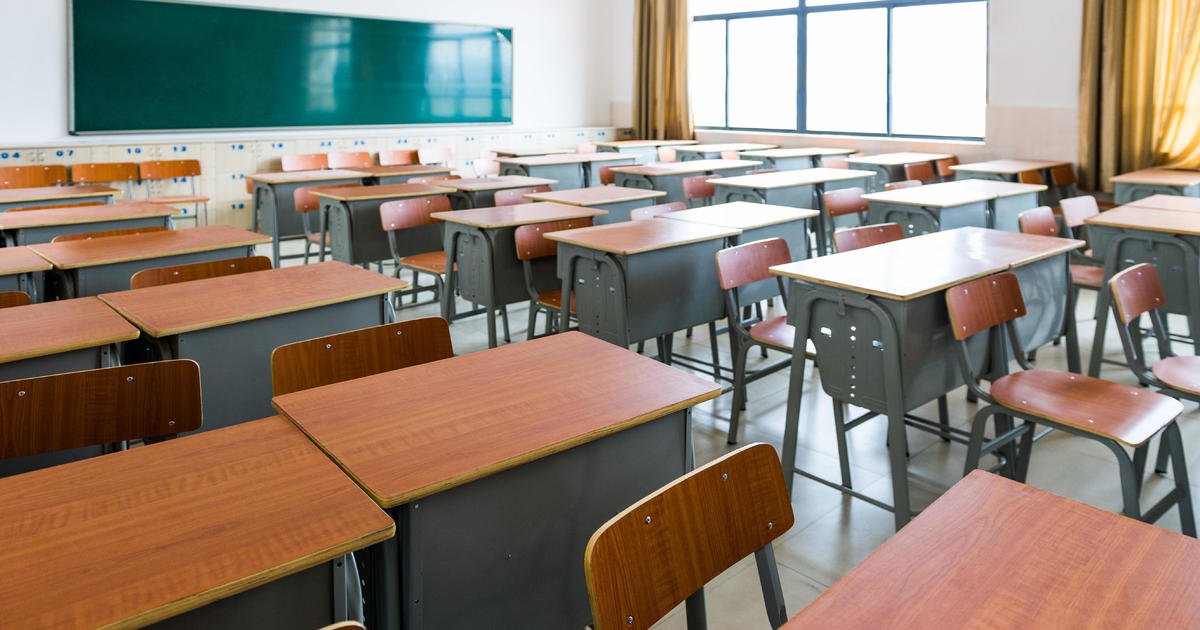Researchers Concerned About 'Extreme' Binge Drinking, Marijuana Use Among College Students
ANN ARBOR (WWJ) - While marijuana use among college students remains consistently on the rise, researchers say alcohol clearly remains the drug of choice among young adults -- and they're concerned about the increase in "extreme binge drinking."
The national Monitoring the Future study released Thursday morning by the University of Michigan shows more and more college students are smoking marijuana. But of even greater concern, according to researcher Lloyd Johnston, is the increasing amount of students admitting to drinking copious amounts of alcohol.
"Extreme binge drinking (is) defined as having 10 or more drinks—or even 15 or more drinks —on at least one occasion in the prior two weeks," Johnston said in a statement.
Over the years 2011 to 2015 combined, about one in nine college students reported having 10 or more drinks in a row on at least one occasion in the prior two weeks, while one in 25 reported having 15 or more drinks in a row at least once in the same interval.
"Drinking at these levels can result in alcohol poisoning, serious accidents, and a host of unwise and dangerous behaviors," said Johnston. "So this remains a serious problem to be addressed."
When it comes to binge drinking, 40 percent of all college students reported having five or more drinks on at least one occasion in the past two weeks. Further, 62 percent said they were drunk at least once in the past 12 months and 38 percent in the past 30 days.
Marijuana use among college students has also increased in 2015, with 38 percent of college students said they had used marijuana in the prior 12 months, up from 30 percent in 2006.
Daily or near-daily use of marijuana (having used 20 or more times in the prior 30 days) increased in recent years for college students as well, rising from 3.5 percent in 2007 to 5.9 percent in 2014, —the highest level of daily use measured in the last 34 years. However, in 2015 their daily use fell back some to 4.6 percent, or one in every 22 college students.
Researchers say a decline in the degree of risk of harm associated with using marijuana may account for much of the increase in use. Since 2003, proportions of 19-to-22-year-olds seeing regular use of marijuana as dangerous to the user has fallen sharply from 58 percent in 2003 to 33 percent by 2015, according to the study.
"This increase in use and decrease in perceived risk of harm regarding marijuana use should be taken seriously by college administrators, parents and students themselves. We know through other research that frequent marijuana use can adversely affect academic performance and college completion," said John Schulenberg, one of the study's lead researchers.
In contrast, cigarette smoking continues to decline gradually among college students. A peak rate of any smoking in the prior 30 days was reached in 1999 at 31 percent. By 2015, the rate had fallen by nearly two-thirds to 11 percent, a record low. Daily smoking declined even more, from 19.3 percent in 1999 to 4.2 percent in 2015—a drop of nearly four-fifths and also a record low since 1980.
"The study shows that large declines in smoking rates have been occurring among secondary school students, as well," Johnston said. "So much of the improvement among college students actually began when they were still in high school."
Their high school classmates not in college have dramatically higher rates of smoking. In 2015, 23 percent of them indicated past-month smoking, compared to 11 percent among the college students.
Heavy smoking is even more concentrated among those not in college, with their half-pack-or-more-per-day smoking rate at 9.1 percent versus 1.4 percent among college students.
"Cigarette smoking has become increasingly concentrated among the less educated," Johnston said.
Through 1993, college females had higher rates of smoking than college males; but since 1994, the opposite is true.
The Monitoring the Future study includes nationally representative samples of full-time college students who are one to four years beyond high school. The annual samples of college students have ranged between 1,000 and 1,500 per year.



